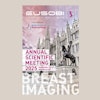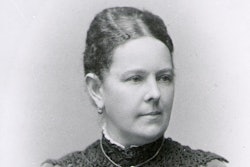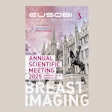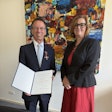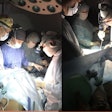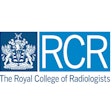Despite the growing number of female medical professionals and students in medical imaging, they are still greatly underrepresented among the authors of top-cited articles in the field, according to an article published in Insights into Imaging.
The retrospective bibliometric study was conducted by a team led by Dr. Dae Young Yoon, PhD, and Dr. Sora Baek of the Department of Radiology at Kangdong Seong-Sim Hospital, Hallym University College of Medicine in Seoul.
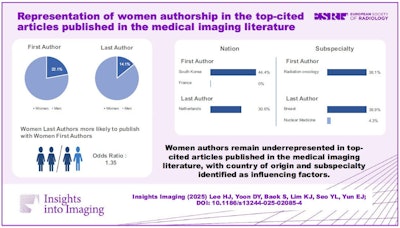 Insights into Imaging
Insights into Imaging
The researchers analyzed the top-cited medical imaging articles in the Web of Science database to determine the proportion that included women authors, as well as factors associated with women’s representation, such as country of publication, field (abdominal, AI, basic science, breast, cardiac, chest, genitourinary, musculoskeletal, neuroradiology/head and neck, nuclear medicine, pediatric, radiation oncology, vascular/interventional, or miscellaneous), and document type (i.e., original article, review, guideline, meta-analysis, case report).
Using the metric of >300 citations to distinguish top-cited articles, the authors determined that women accounted for 132 (22.1%) of first authors and 84 (14.1%) of last authors in the 596 top-cited articles analyzed. Furthermore, women named as last authors were more likely to publish with female first authors than male first authors (odds ratio, 1.35; 95% confidence interval, 0.8-2.3; p = 0.268).
Location and subspecialty were factors in the frequency of women’s representation as authors. Women's first authorship was significantly more frequent in articles from South Korea (44.4%) and in radiation oncology (38.1%), while significantly less frequent in articles from France (0%).
Women's last authorship was significantly more frequent in articles from the Netherlands (30.6%); for subspecialty, it was more frequent in breast (38.9%) and in radiation oncology (28.6%), and significantly less frequent in nuclear medicine (4.3%).
However, in articles from the U.S. and the U.K. -- which accounted for 34.9% and 10.6% of the publications in the analysis, respectively, as the two most-represented countries -- there were no significant differences in first authorship and last authorship for women for the period studied. The proportions of both first and last female authors were highest in 2013 to 2014 (24.9%) and 2017 to the present (16.4%) for the two countries, respectively, although the authors noted that the differences were not statistically significant.
The differences among countries in representation, the authors say, may be due to differences in representation in the field of radiology in the countries. They cite the U.S., the source of the most top-cited articles, noting that the underrepresentation of women authors they found could be related in part to the smaller percentage of women in the field of radiology in the U.S.
They added that the lower proportion of last authors could possibly be explained by the convention of the last author typically being the “principal investigator of the grant or head of the research team” -- i.e., someone who is more likely to be a senior faculty member. The smaller number of women as last authors may reflect the smaller number of women holding senior academic positions in the country in question, the authors write.
The researchers write that the findings of their review “indicate that women are greatly underrepresented in the primary authorship of top-cited articles,” more so than has been previously reported.
They ascribe the findings to multifactorial causes: Articles written by women are cited less frequently than those by male authors, a finding they say may be partly attributed to “unconscious gender bias in citation practices.” They also point out that different subspecialties have different community sizes and thus differences in citation frequencies. Additionally, women may be better-represented demographically in smaller subspecialties, such as breast or pediatric imaging, which receive fewer citations.
The authors acknowledge chronological bias in their review: More than half of the top-cited articles in the analysis were written before 2017; not only does this mean that this does not proportionately reflect the current increase of women’s inclusion (and authorship) in medical imaging, but also these earlier studies would have been able to accumulate more citations by dint of longer availability.
The article was published on 27 September and can be read here.
